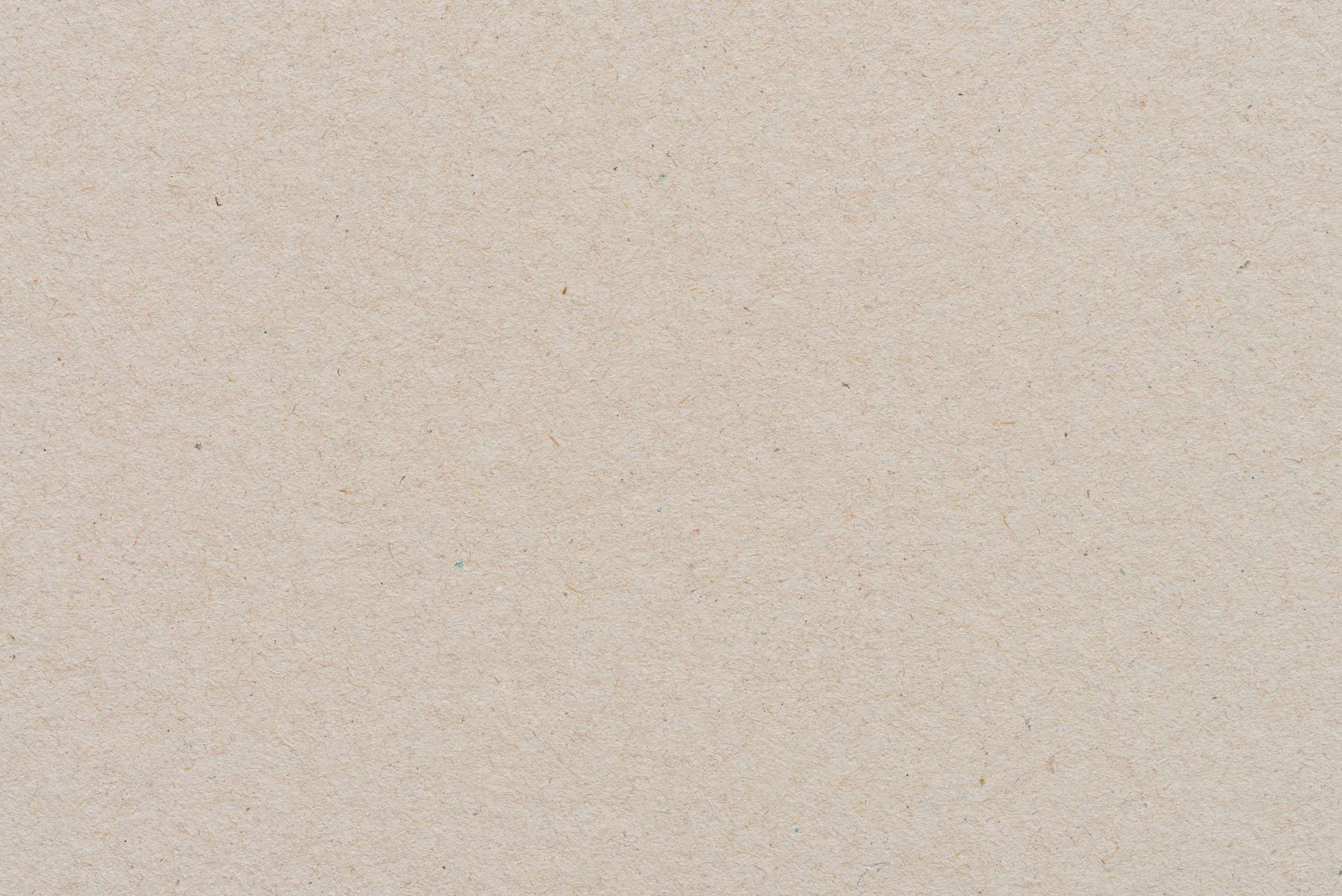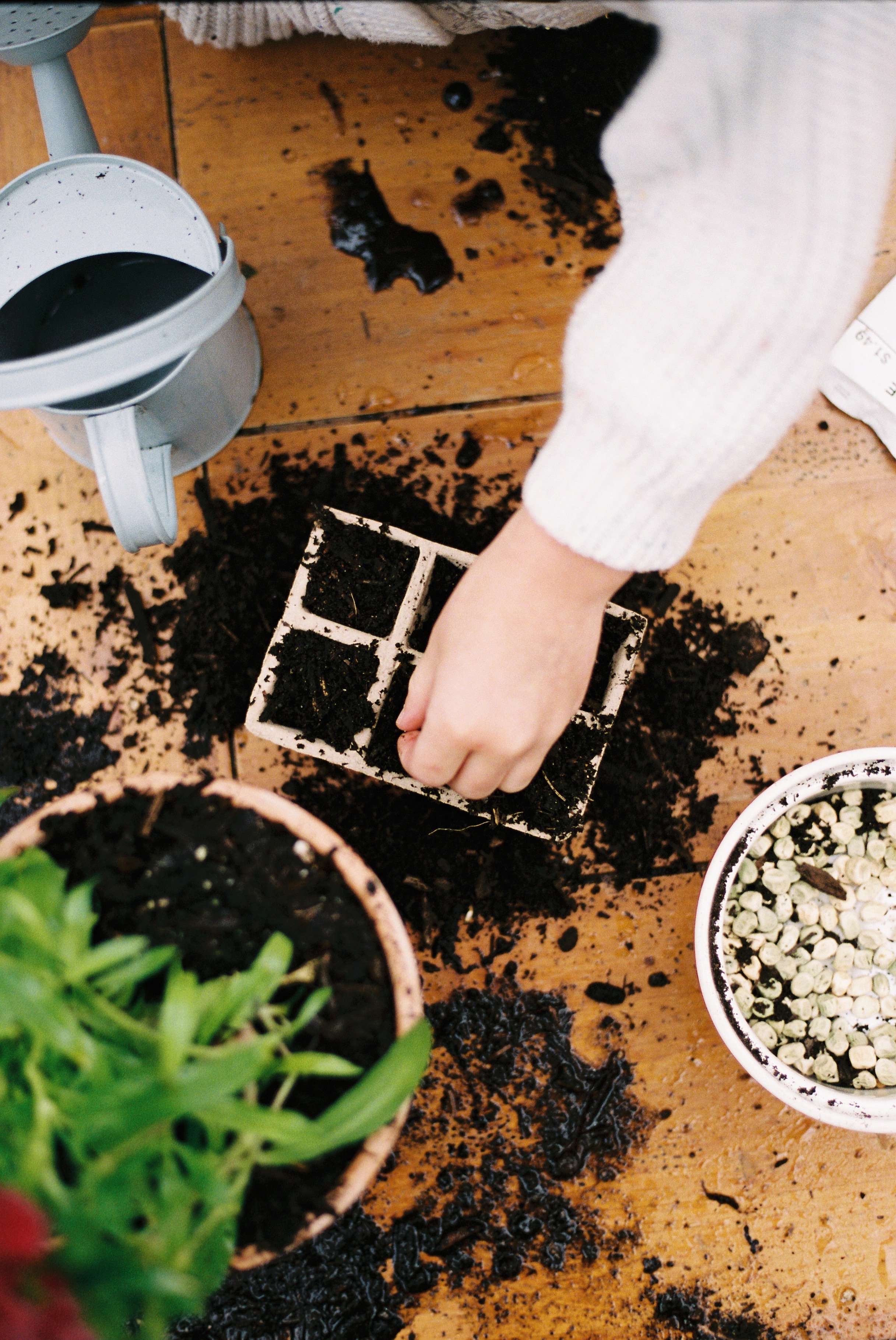
Children identify ways that bees help us and plant pollinator gardens to help the bees in return.
How can I help the bees?
LESSON 6
Honey straws in different flavors (optional)
Seeds or flower starts, here are some I recommend: Bee balm, Butterfly bush, Lavender, Coneflowers, Sunflowers, Salvia, Milkweed (great for monarchs as well), Goldenrod, Penstemon, and Phlox.
Soil
Pot (optional)
Materials
Preparations
Gather materials for activity
Promote empathy and care for natural world
Demonstrate enthusiasm and passion for bees and pollination
Encourage active participation and engagement
Provide opportunities for children to ask questions
Objectives for Teachers
Children learn the importance of bees and other pollinators in the ecosystem
Children learn different types of plants that attract bees
Children gain an appreciation for the natural world
Children develop a sense of responsibility towards protecting pollinators
Objectives for Children

Collect and Connect
Five Little Bees
One little bee flew and flew
He met a friend and that made two
Two little bees as busy as can be
Along came another and that made three
Three little bees wanted one more
Found one soon and that made four
Four little bees going to the hive
Saw their little sister and that made five
Five little bees working every hour
Buzz away bees and find another flower

Activity Flow
Begin by reflecting on the end of your previous lesson. Ask your child if they remember why pollination is so important. Talk about how much we as humans benefit from bees and pollination. Not only do we get delicious honey from bees, but we also get fruits, vegetables, and flowers because of pollination. Discuss your favorite fruits and vegetables to eat, and express gratitude for the bees.
Optional activity: Taste test the different types of honey straws. Talk about the different flavors, and that depending on where a bee collects nectar, it can change the taste of the honey. Then talk about how we are so lucky to be able to enjoy this sweet treat from the bees, and express gratitude again for their hard work and how we benefit.
Tell your child that because bees do so much to help us, you wanted to do something to help them. Show them the plants/seeds and ask if they know what they will be doing. Work together to plant flowers or sow seeds for the bees. Here is a list of great pollinator plants:
Bee balm
Butterfly bush
Lavender
Coneflowers
Sunflowers
Salvia
Milkweed (great for monarchs as well)
Goldenrod
Penstemon
Phlox
Remember that providing a variety of plants with different blooming times throughout the growing season will help support pollinators year-round. Additionally, it’s important to avoid using pesticides and provide a water source like shallow dish or birdbath to create an inviting habitat for bees and butterflies.
Nectar: Bees are attracted to flowers that produce a lot of nectar and will actively seek out flowers for their nectar because it is their food source.
Color: Bees are drawn to specific colors, particularly blues, purples and yellows.
Shape and Size: They are also attracted to specific shapes, such as tubular or funnel shaped blooms that are well suited for their feeding mechanisms.
Scent and Pollen: Bees are also drawn to scents of flowers, their UV pattern (invisible to the human eye), and the pollen availability. Some flowers produce more pollen than others.
4. As you are planting, talk about the different flowers/seeds you are planting and why they will attract the bees.
5. Thanks for giving back to the incredible honeybee and other pollinators by planting flowers for them to enjoy!




